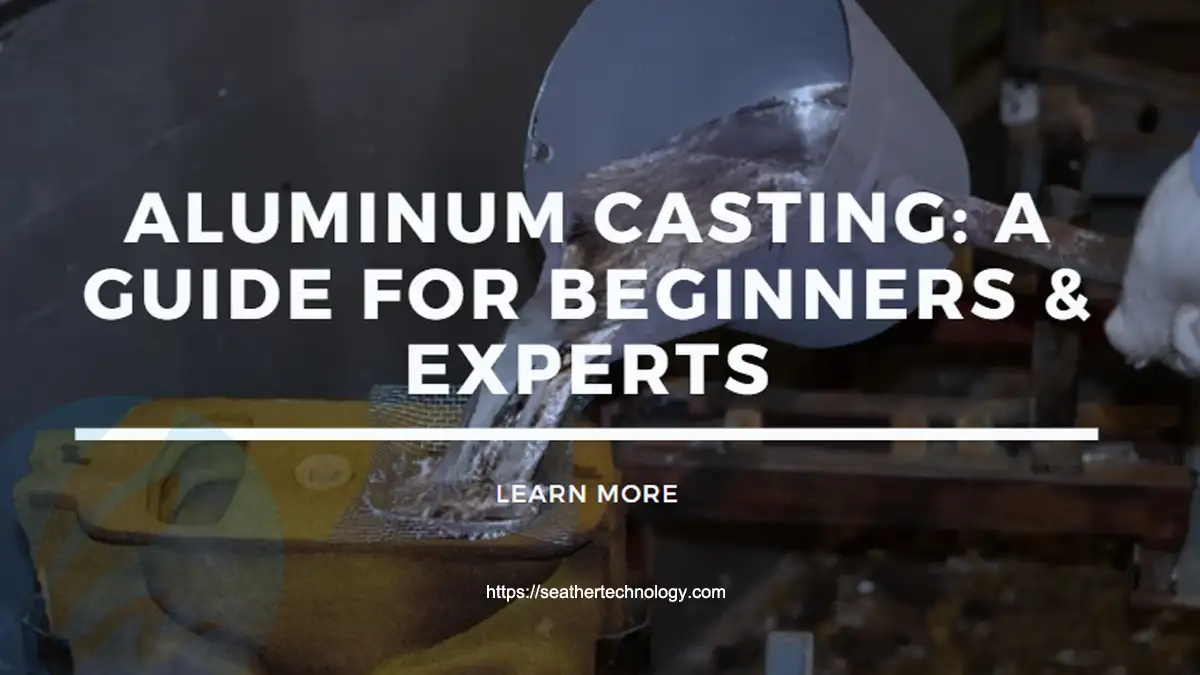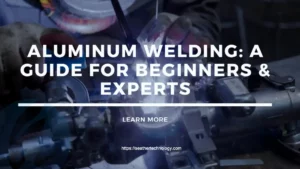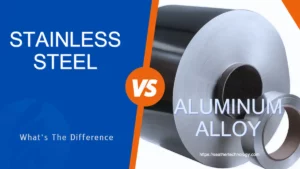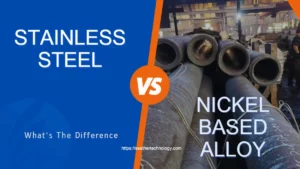Aluminum is a metal that is really abundant in today’s time and it is also one of the most useful and important metals for the production of all kinds of things.
Aluminum has some properties that are really useful for use in certain scenarios but what if you could make all that aluminum even stronger?
Or perhaps, you may want to change the aluminum into shapes according to your needs?
Well, to achieve this is quite simple and it can be done through a process called aluminum casting.
Let’s keep reading.
What Is Aluminum Casting?
Aluminum casting is the process of putting molten aluminum into a mold to create certain shapes.
Aluminum and its alloys have low melting points so they are very easy to melt and when they cool down, they form to become very strong and durable.
There are various ways to complete the process of aluminum casting and the molds or cavities used for each process may differ from each other.
Why Is Aluminum Casting Important?
Aluminum is the most abundant element found in the earth’s crust so naturally, humanity already has access to a huge amount of aluminum.
Aluminum has various important properties that other cheap metals might not have.
Aluminum casting further increases the potential benefits of aluminum as it gives the aluminum high strength and a fine surface finish.
You can mold aluminum into any shape or form through aluminum casting and it is very cheap to do so as well.
What Are the Different Types of Aluminum Casting Processes?
Aluminum casting can be performed via 11 different methods which are explained below.
1. Die Casting
The process of die casting implements the use of hardened steel and the molten aluminum is poured into a two-part cavity. Die casting produces high quality aluminum molds and it can be formed using tools or even by automated systems for large scale production.
2. Investment Casting
Investment casting is a process in which wax is used to first create the shape of the item to be cast and the wax pattern is then coated with a ceramic material. Once the ceramic material is in place, the wax is heated so that it melts away. The molten aluminum is then poured into the ceramic mold and once it has cooled, you can break the metal casting to obtain the aluminum mold.
3. Sand Casting
In sand casting, sand is used as a binding agent and talc is used as a separating agent for the two half boxes which are used as the mold. This method is usually used for low scale production of aluminum molds but it produces precise molds.
4. Permanent Mold Casting
Permanent mold casting uses two molts clamped together that are generally made of steel. The mold is filled with the help of gravity but gas pressure or a vacuum is also used to fill the mold quickly. It is called permanent mold casting because the molds can be reused.
5. Lost Foam Casting
Lost foam casting is exactly the same as investment casting. The only difference is that it uses low density foamed polymer to make the mold instead of wax.
6. Shell Mold Casting
Shell mold casting is similar to sand casting but it uses resin-bonded sand around the two shells to form an even stronger sacrificial shell. The benefits that this method has over regular sand casting is that it can produce the cavities faster and cheaper and cast medium and even large shapes with high precision.
7. Vacuum Die Casting
In the case of vacuum die casting, the cavity is placed just above the reservoir and the molten material is sucked upwards with the help of the vacuum. This method produces very high quality molds and is more preferred than other casting methods.
8. Ceramic Mold Casting
Ceramic mold casting is similar to plaster mold casting and investment casting but it uses ceramic to make the mold. Ceramic mold casting is further divided into two types which are the Unicast process and Shaw process. These processes help in creating a ceramic cavity into which you can pour molten aluminum to be cast.
9. Plaster Mold Casting
Plaster mold casting is very similar to ceramic mold casting and shell mold casting. The only difference is that it uses gypsum plaster to form the cavity which is used to create the mold.
10. Centrifugal Casting
Centrifugal casting uses a spinning die on an axis to cast the mold. The molten metal is filled into the spinning mold and once it is filled, centripetal forces distribute the metal inside the mold at extreme pressures. Centrifugal casting produces molds that are exceedingly high quality and durable.
11. Open Mold Casting
Open mold casting is a rather simple method of casting and it is done by creating a cavity made from bricks, steel and some other simple materials. It is used for the small scale mold casting of metals.
What Are the Properties of Cast Aluminum?
Cast aluminum is a very strong material that is easy to make. It is very durable, easy to carry due to its low weight and has high thermal and electrical conductivity. It is also fairly resistant to corrosion which makes it an ideal material to use in marine environments.
What Is the Tensile Strength of Cast Aluminum?
The tensile strength of cast aluminum varies depending on the alloy used while casting and the method used to cast. However, the tensile strength of aluminum is generally very strong. For example, cast aluminum alloyed with 0.8% magnesium has tensile strength between 18,000 to 30,000 psi.
How Durable Are Cast Aluminum Parts?
Parts made from cast aluminum are very durable since cast aluminum can withstand a lot of stress and weight placed upon it. It also has very high thermal and electrical resistivity and resistance to corrosion which makes it practical in a lot of fields.
Is Cast Aluminum Heat Resistant?
Yes, cast aluminum is heat resistant which makes it practical for the production of cookware and other items which need to withstand a lot of heat.
What Are the Different Applications of Cast Aluminum?
Cast aluminum is used to make various automotive parts due to its resistivity to heat and electricity and also in appliances and other household items like lawnmowers and cookwares. It is also used for the production of various medical devices.
FAQS of Aluminum Casting
What Are the Benefits of Aluminum Casting?
Aluminum casting increases the tensile strength and resistivity of the aluminum and it is also a very cheap and easy process to perform.
What Are the Limitations of Aluminum Casting?
Aluminum casting has poor fatigue and abrasion resistance and it is also vulnerable to temperature.
Is Cast Aluminum Pure Aluminum?
You can cast aluminum as pure aluminum but this will severely limit the applications of the cast aluminum.
What Is the Difference Between Cast Aluminum and Aluminum?
Since cast aluminum is made from aluminum, there is no difference between them. Cast aluminum only refers to melting the aluminum to give it a desired shape.
What Is the Difference Between Cast Aluminum and Forged Aluminum?
In forging, the metal is deformed into the desired shape by using force but in casting, the metal is completely melted down and then put into a mold to create the desired shape. In some cases, the metal might lose some of its initial properties if it undergoes casting.
Conclusion
Casting aluminum can be done through a large number of different ways and this will allow you to give the aluminum any shape that you desire while also giving it additional properties such as increased strength and resistance if you decide to use alloys.
Cast aluminum is a really important material for the production of various devices and items of daily use and it is also not very expensive or difficult to get your hands on.
After reading this guide, you can easily solve the problems during the casting process of aluminum.
If you need aluminum casting expert help, contact our team today.
More Resources:
Aluminum Casting: What Is It? How Is it Made? Advantages – Source: IQS Directory
Aluminum Casting: Definition, Importance, Types, and Applications – Source: Xometry
luminum and Aluminum Castings – Source: Reliance Foundry






